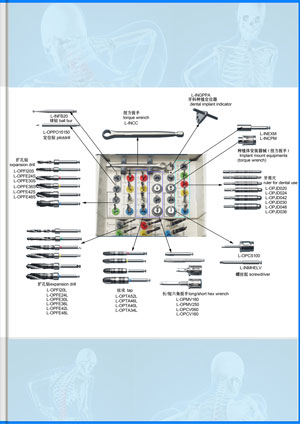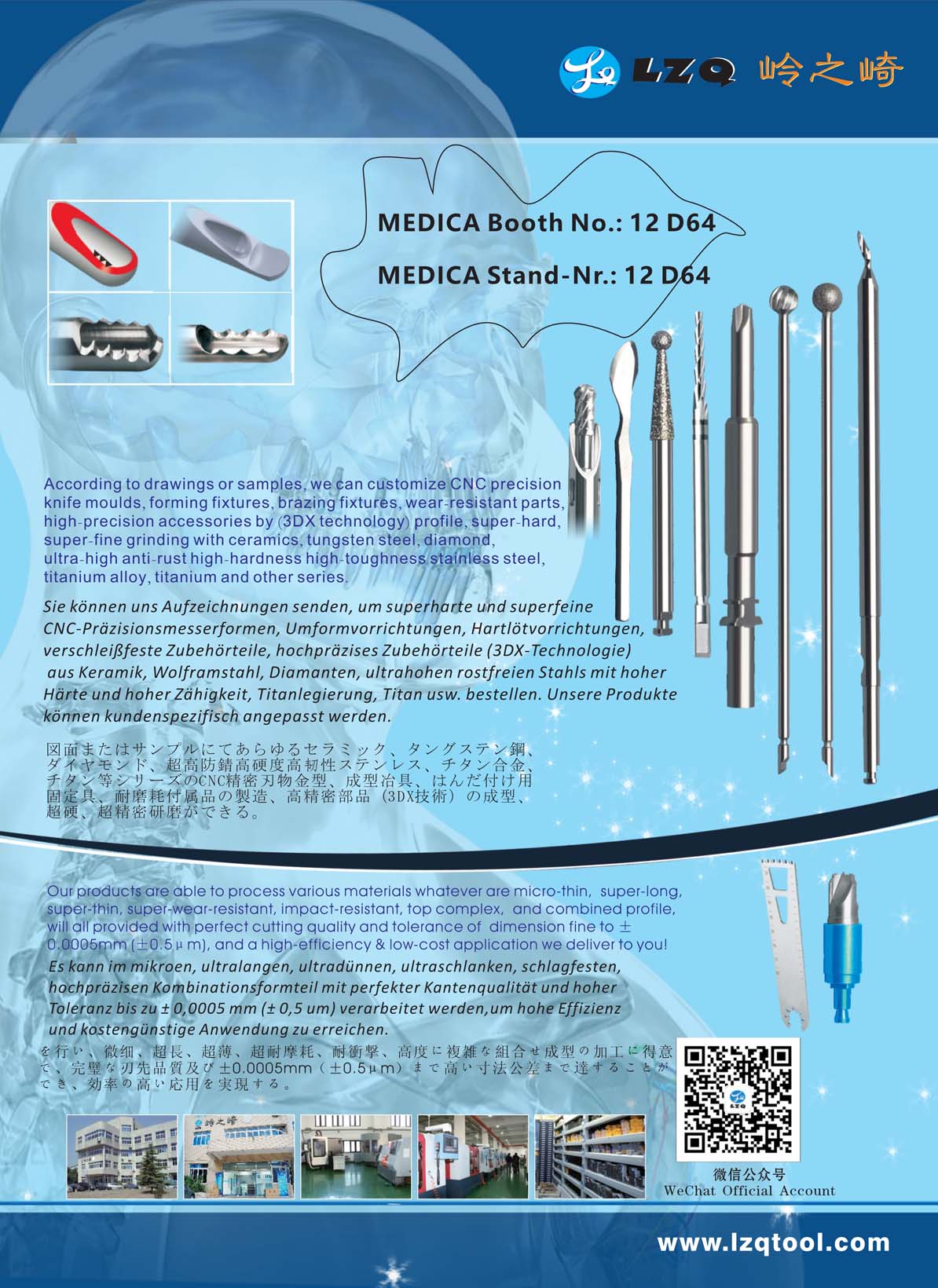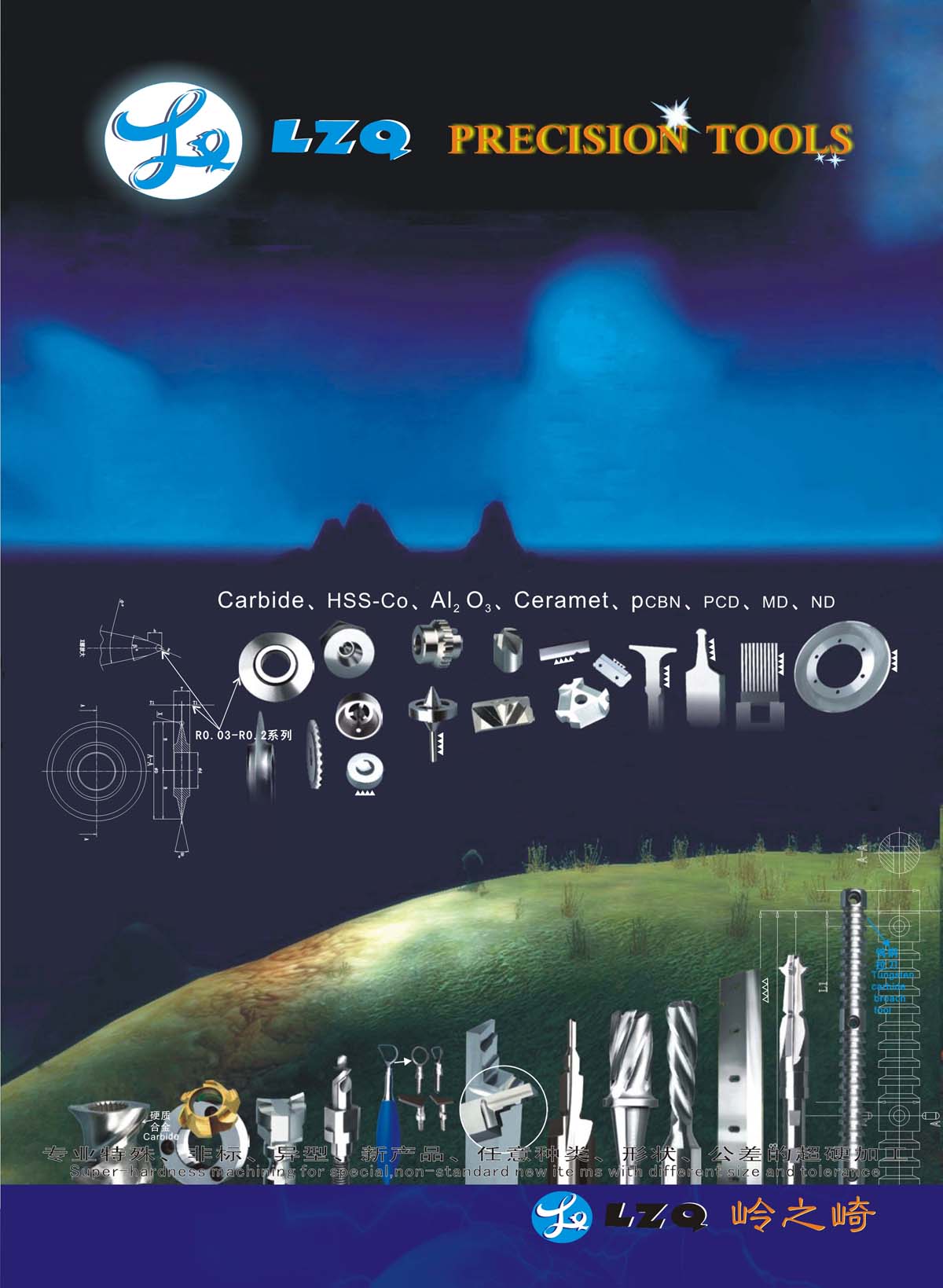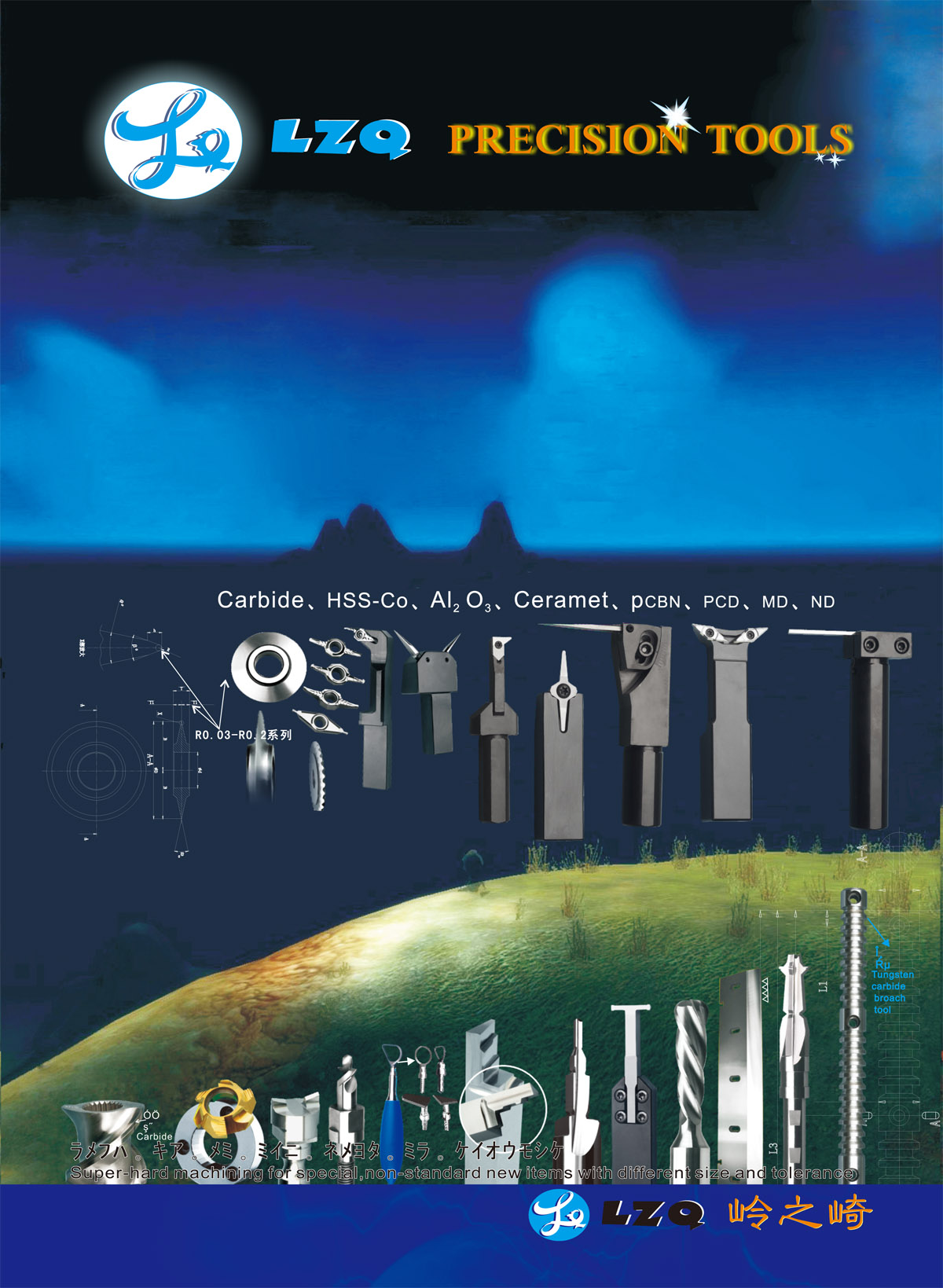Type of flute:
(standard and non-standard 1-flute~12-flute series mill, reamer): deep groove, round head, end angle R, hollow, oblique flute (tapered), long flute, for aluminum, copper application, chip-dividing groove (for rough mill application)
MRll diameter:
(miniature) φ0.10mm---φ53.00mm (solid tungsten steel), φ20.00mm--φ80.00mm (brazing)
Tolerance:
(standard and non-standard) tolerance of flute diameter of diamond tungsten steel can be up to ±0.001mm (±1μm) high, and tolerance of holder diameter is more than h6.
Helical angle: 0°,25°,30°,35°,45°,50°,55°,60°

Cold-hard machining replacing grinding can improve precision, hard milling replacing grinding can improve efficiency. Non-coated diamond steel tooling for high hardness steel machining can replace TiALN coated ultra micro-grain carbide, ceramics. After cutting, CBN tooling has excellent smoothness and lower tooling cost. Miniature and profile compound tooling can be machined according to drawing or sample
When placing an order, please indicate: name (flute type) * number of flute * flute diameter * flute length * holder diameter *overall length*type of shank* (inclination) * helical angle * required tolerance. Knife blades can be manufactured from a range of materials, each of which has benefits and disadvantages. Carbon steel, an alloy of iron and carbon, can be very sharp. It holds its area well, and remains handy to sharpen, but is susceptible to rust and stains. Stainless metal is an alloy of iron, chromium, per chance nickel, and molybdenum, with solely a small amount of carbon. It is now not able to take quite as sharp an aspect as carbon steel, but is exceptionally resistant to corrosion.

 +86-021-50327060
+86-021-50327060
 zq@lzqtech.com
zq@lzqtech.com
 Medical Instrument
We can achieve perfect edge quality and dimensional tolerance up to±0.0005mm (±0.5μm) in the process of micro, ultra-long, ultra-thin, super-abrasive, impact-resistant, high-precision and combined ... VIEW MORE
Medical Instrument
We can achieve perfect edge quality and dimensional tolerance up to±0.0005mm (±0.5μm) in the process of micro, ultra-long, ultra-thin, super-abrasive, impact-resistant, high-precision and combined ... VIEW MORE Implant
Corresponding and matching drills and tools of different types, forms, shapes, structures can be high precisely ground to mold according to different brands and different types of implants forms, shap... VIEW MORE
Implant
Corresponding and matching drills and tools of different types, forms, shapes, structures can be high precisely ground to mold according to different brands and different types of implants forms, shap... VIEW MORE Cutting Tools
Super-hardness machining for special, non-standard new ite ms with different size and tolerance. VIEW MORE
Cutting Tools
Super-hardness machining for special, non-standard new ite ms with different size and tolerance. VIEW MORE Accessory Parts
we can customize for you according to your samples or drawings for any manufacturing of ceramic,carbide,stainless high-speed steel, stainless steel, titanium alloy, titanium diamond, etc series, hig... VIEW MORE
Accessory Parts
we can customize for you according to your samples or drawings for any manufacturing of ceramic,carbide,stainless high-speed steel, stainless steel, titanium alloy, titanium diamond, etc series, hig... VIEW MORE





































































 +86-021-50327060
+86-021-50327060 
 NO.1269 Plant, Jinhu Road, Jinqiao Export Processing Zone, Pudong New District, Shanghai, China.
NO.1269 Plant, Jinhu Road, Jinqiao Export Processing Zone, Pudong New District, Shanghai, China. 
